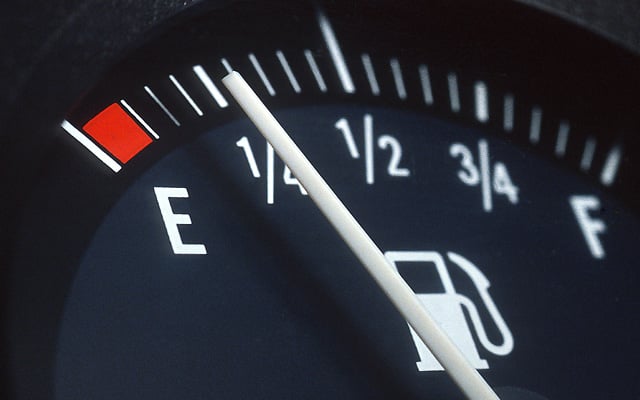
Earlier we have seen the advantages and disadvantages of fuel and what fuel is used daily for the consumption.
In this episode we will discuss on today's world consumption of the current fuels and when they will run out what will be the next alternative for this fuel.

How long will fossil fuels last?
Global fossil fuel consumption is on the rise, and new reserves are becoming harder to find. Those that are discovered are significantly smaller than the ones that have been found in the past. Oil reserves are a good example: 16 of the 20 largest oil fields in the world have reached peak level production – they’re simply too small to keep up with global demand.
In order to keep average global temperature increases below 1.5°C, we need to leave up to 80% of our fossil fuel reserves in the ground – but globally, our reliance on fossil fuels is increasing. Here’s how long current fossil fuel reserves could last:
*Graph showing future energy reserves for coal, gas and oil.
Oil
Globally, we currently consume the equivalent of over 11 billion tonnes of oil from fossil fuels every year. Crude oil reserves are vanishing at a rate of more than 4 billion tonnes a year – so if we carry on as we are, our known oil deposits could run out in just over 53 years.
Gas
If we increase gas production to fill the energy gap left by oil, our known gas reserves only give us just 52 years left.
Coal
Although it’s often claimed that we have enough coal to last hundreds of years, this doesn’t take into account the need for increased production if we run out of oil and gas.
If we step up production to make up for depleted oil and gas reserves, our known coal deposits could be gone in 150 years.
The green alternative
Unlike fossil fuels, green energy made from wind and solar power is sustainable, because its generated by resources that won’t run out. Plus, it provides a way to fight climate change by reducing and even offsetting carbon emissions.
For example, the energy payback for solar power technology is just two years. That means it only takes two years for a solar park to make the same amount of energy used in its manufacture and installation. And after that, it can provide decades of clean energy that’s better for the planet.
If we have any hope of fighting climate change and protecting the future of our planet, we need to ditch fossil fuels and start investing in renewable sources of energy. Find out how you can switch to green energy quickly and easily, and start building a greener world.






0 Comments